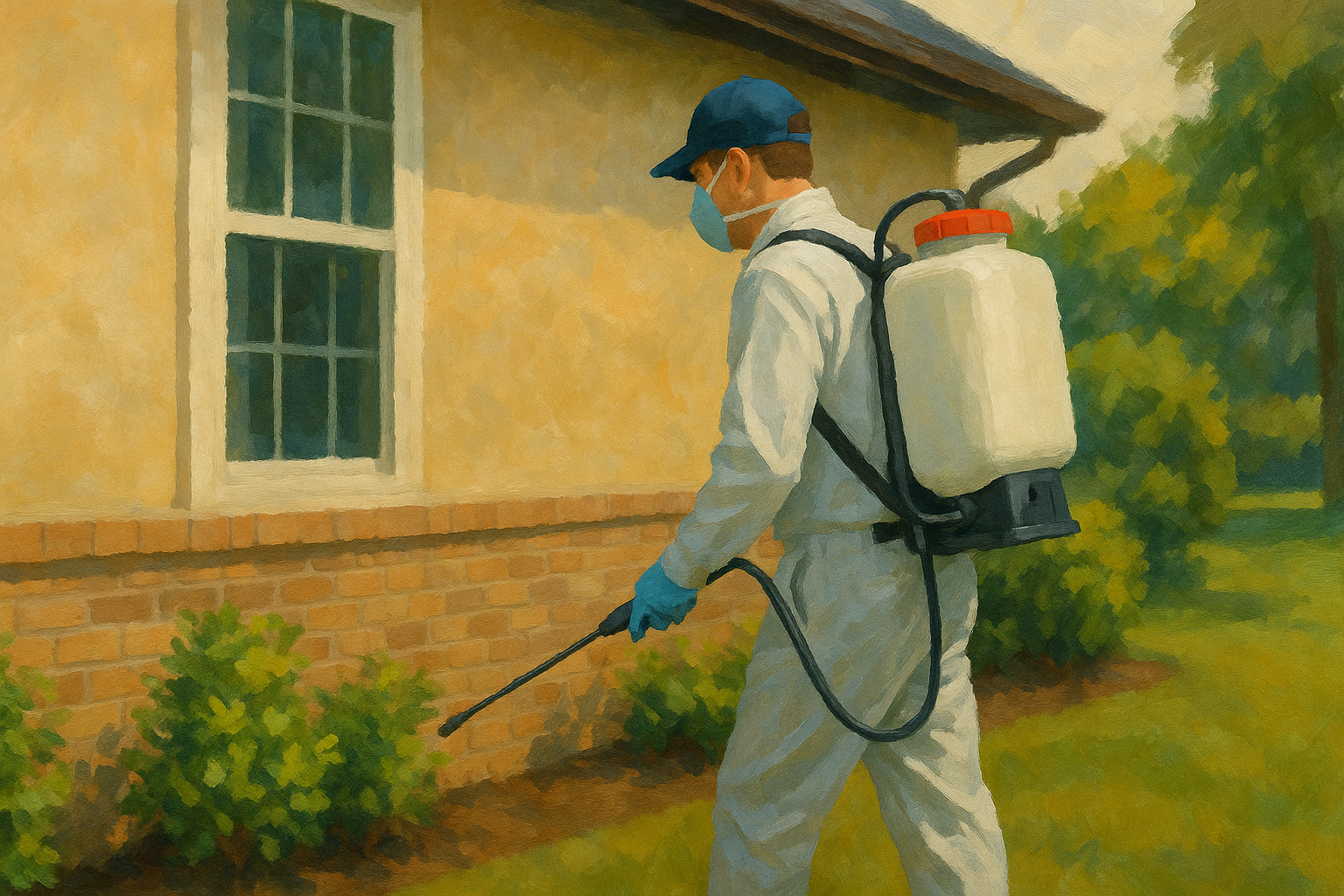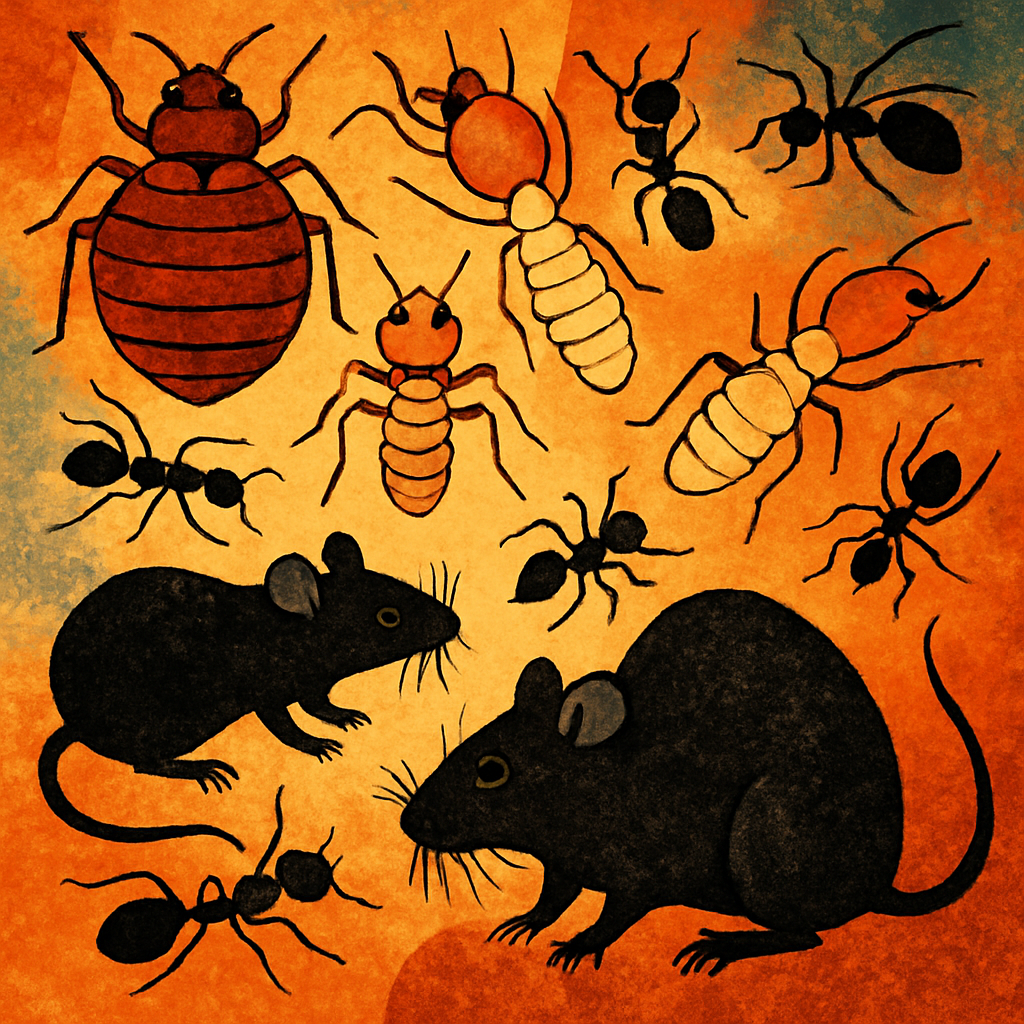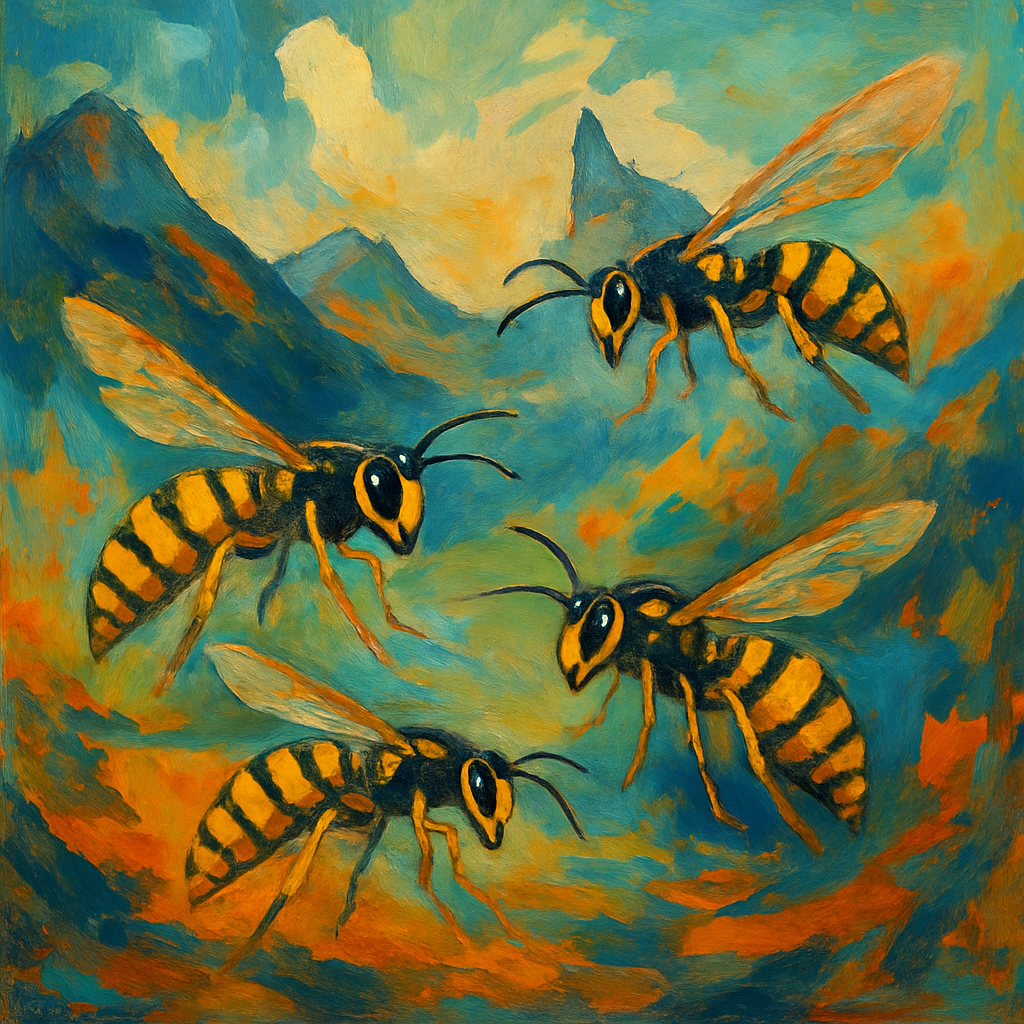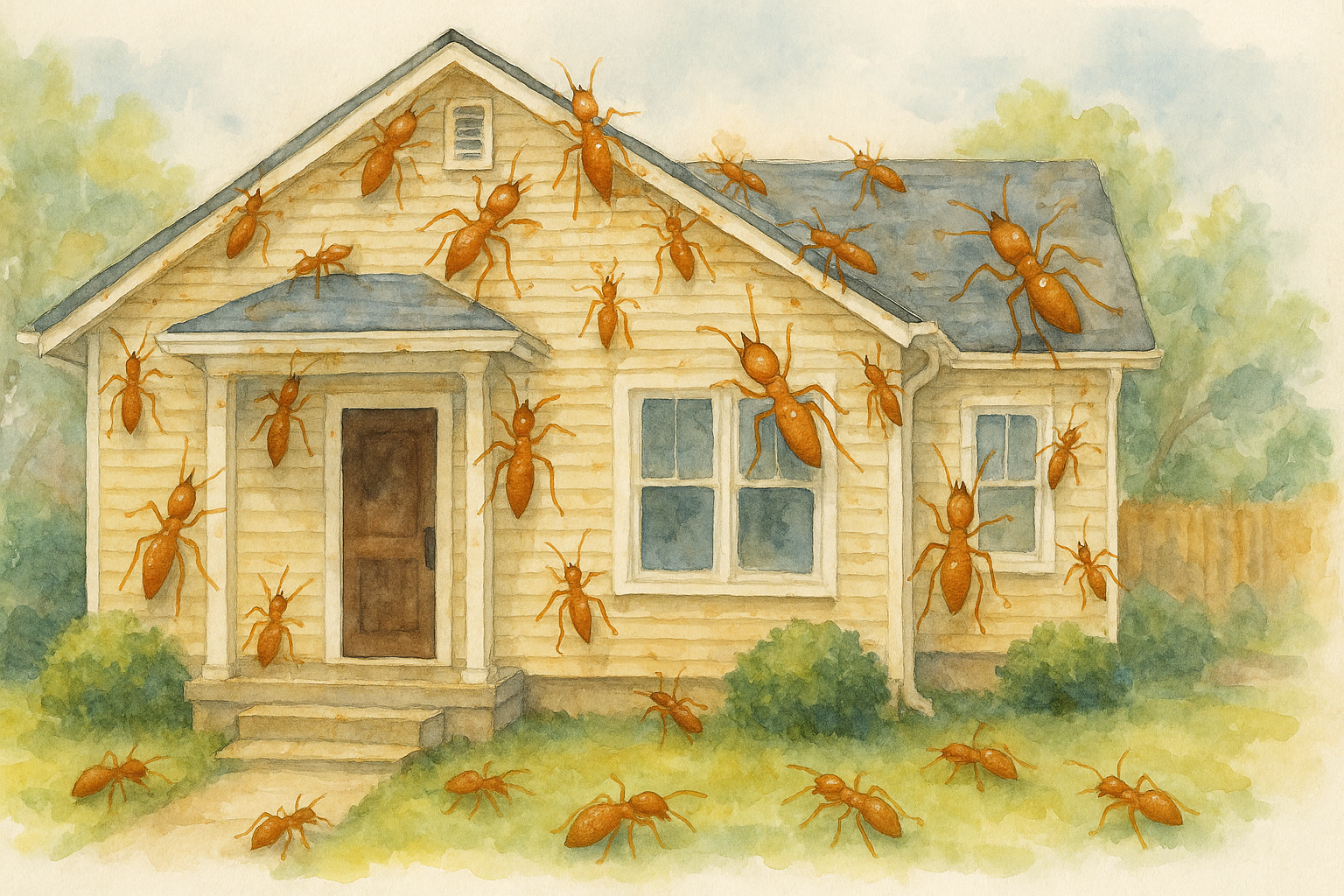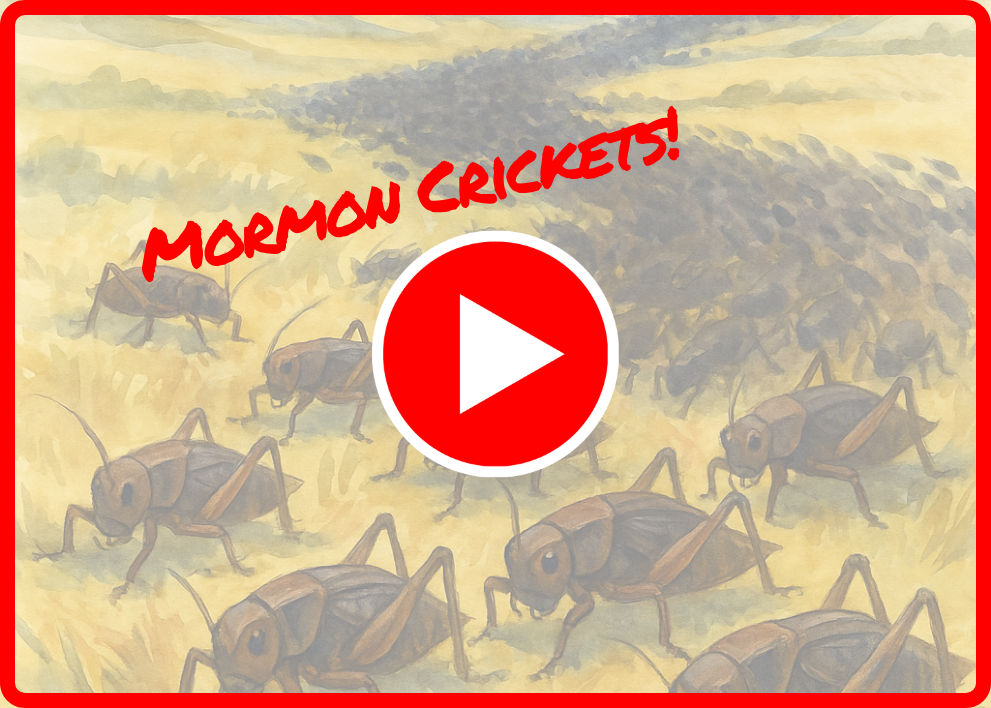Elm seed bugs (Arocatus melanocephalus) have become a growing concern in Idaho over recent years, particularly due to their ability to invade homes in large numbers during the warmer months. While they do not pose any direct health risks to humans or pets, their presence can be an overwhelming nuisance, especially when they swarm into homes in search of shelter. In this article, we will explore what makes elm seed bugs such a persistent pest in Idaho, their habits, and how to manage their invasions.
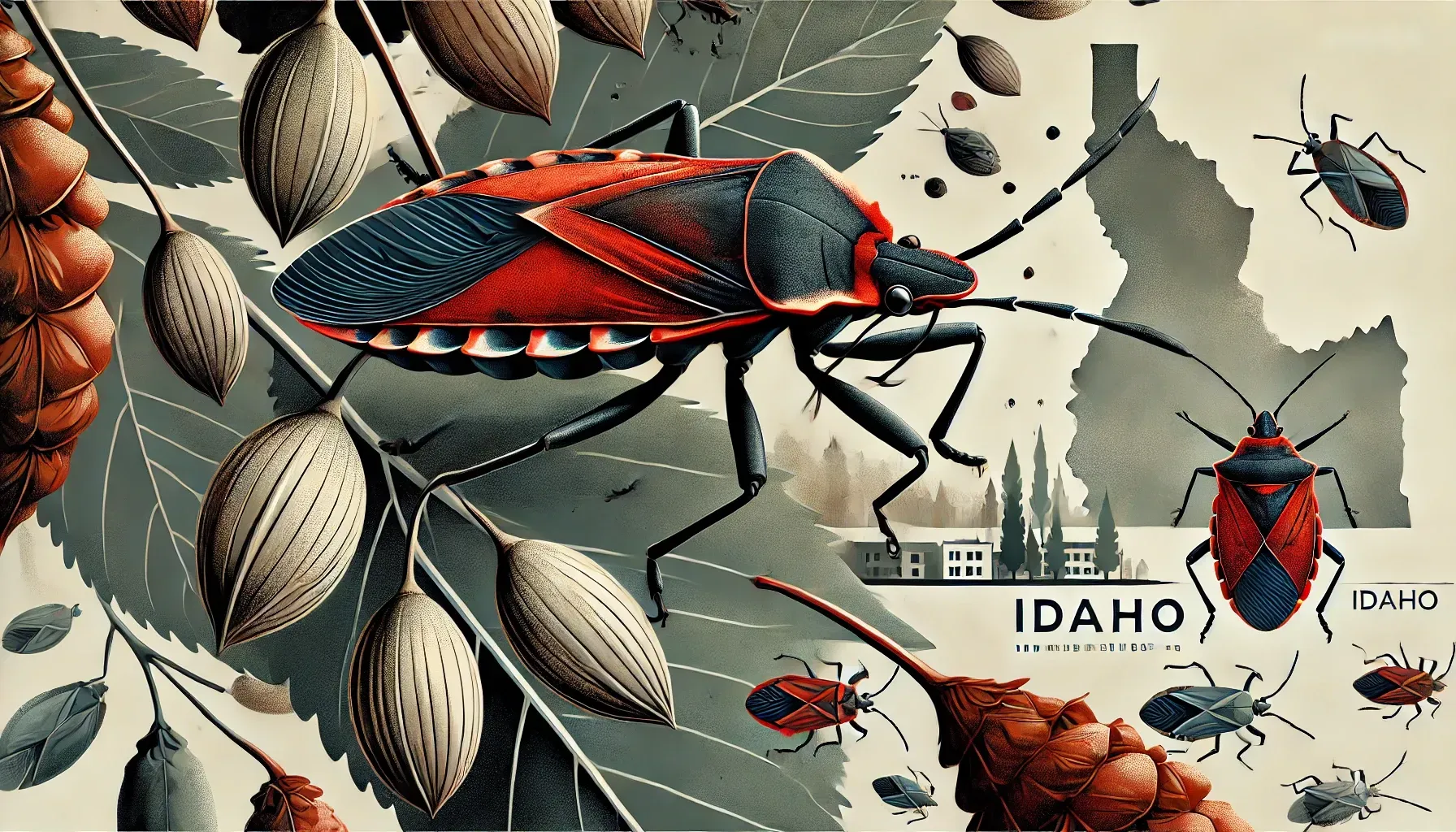
Introduction to Elm Seed Bugs
Elm seed bugs are native to Europe but were first detected in the United States in 2012, and they have since established themselves in several states, including Idaho. These small, reddish-brown bugs primarily feed on elm tree seeds, but they become a significant household pest when they seek shelter indoors during hot summer months. Although they do not bite or spread diseases, their presence in large numbers can be quite frustrating for homeowners.
Elm seed bugs are small, typically about 1/4 inch in length, and have a dark, triangular shape on their backs. They are often mistaken for stink bugs due to their similar appearance, but elm seed bugs do not emit the same strong odor when threatened. Their preferred habitat is around elm trees, where they feed on the seeds, but as temperatures rise, they seek refuge inside homes, often through cracks and crevices.
Why Elm Seed Bugs Are a Nuisance
One of the key reasons elm seed bugs are such a nuisance is their tendency to invade homes in large numbers. They enter buildings through tiny cracks around doors, windows, and foundation walls, making it difficult to prevent them from coming inside. Once indoors, they do not cause any structural damage or pose health threats, but their sheer numbers can be overwhelming for homeowners. Additionally, elm seed bugs release a pungent odor when crushed, making their removal a tricky task (Mulder, 2021).
Habits and Lifecycle of Elm Seed Bugs
Elm seed bugs follow a typical seasonal cycle, with adults emerging in the spring to feed on elm seeds. During the summer, populations grow rapidly, and the bugs seek out sheltered areas to escape the heat. This is when they most commonly enter homes, looking for cool places to rest. Their population peaks in late summer and early fall, when they start searching for winter shelter, often migrating to warmer indoor spaces for overwintering.
Unlike some other pests, elm seed bugs are relatively harmless to elm trees themselves. While they feed on elm seeds, the damage they cause to the trees is minimal. Their main impact is on human comfort, as their invasions can be significant, with some homes reporting thousands of bugs inside during peak periods (Myrkassimova et al., 2022).
Managing Elm Seed Bugs in Idaho
Managing elm seed bugs can be a challenge, particularly because they are more of a nuisance pest than one that causes direct harm. However, there are steps that can be taken to minimize their presence in homes:
- Seal Entry Points: Preventing elm seed bugs from entering your home is the first step in managing an infestation. Ensure that all cracks and gaps around doors, windows, and foundation walls are sealed. Weatherstripping around doors and windows, as well as installing tight-fitting screens, can also help keep them out.
- Use Outdoor Insecticides: In some cases, insecticides may be used around the perimeter of your home to deter elm seed bugs from entering. Be sure to choose a product that is labeled for use against these bugs, and apply it in accordance with local environmental regulations.
- Vacuum Regularly: Once elm seed bugs are inside your home, vacuuming is one of the most effective ways to remove them. Avoid crushing the bugs, as this can release an unpleasant odor.
- Professional Pest Control: If elm seed bugs are a persistent problem, contacting a professional pest control service may be necessary. Professionals can provide targeted treatments that help reduce the number of bugs entering your home.
Wrapping Up
Elm seed bugs are an invasive pest in Idaho that primarily causes headaches for homeowners due to their tendency to invade homes in large numbers during the summer and fall. While they do not pose a health risk, their presence can be overwhelming and unpleasant. By taking proactive steps using pest control or DIY methods to seal entry points and manage outdoor environments, homeowners can reduce the impact of elm seed bugs on their homes.
Works Cited
Mulder, J. (2021). Mass invasion of Elm seed bugs Arocatus melanocephalus(Fabricius, 1798) (Hemiptera Lygaeidae) in apartments in the Netherlands. Biodiversity Journal, vol. 12, pp. 229-230. https://www.biodiversityjournal.com/images/pubblicazioni/biodiversity-journal-2021/biodiversity-journal-2021-12-01/biodiversity-journal-2021-12-01_229-230.pdf.
Myrkassimova, A. S., Demeuov, S. N., & Kulanbay, K. (2022). Phenology of elm seed bug (Arocatus melanocephalus) in Almaty City of Southeastern Kazakhstan. SABRAO Journal of Breeding and Genetics. https://sabraojournal.org/phenology-of-elm-seed-bug-arocatus-melanocephalus-in-almaty-city-of-southeastern-kazakhstan/.
Contact Today For $100 Off Your Initial Service!
⭐⭐⭐⭐⭐
Backed by our Bigfoot Guarantee!
What Customers Are Saying:
"Everyone from Bigfoot is awesome. They are always on time. They're extremely thorough. I've not had a single issue in the two years they have been treating our home. Well worth it!"
T. Potter | Meridian, ID
